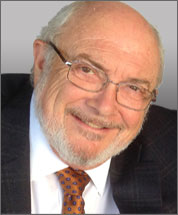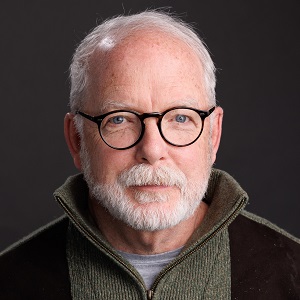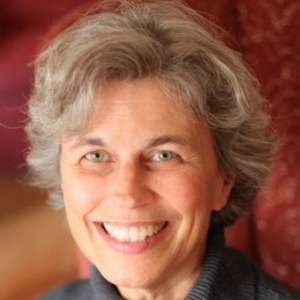A Journey of Innovation and Education
At the heart of the equipment and dealership industries, change is a constant, and adaptability is key. George Keen and I have exemplified this journey by transitioning into consulting roles, each from distinct backgrounds. George starting in 1986, one made the leap from the world of dealer software, with MiniTrak specializing in forklift dealer software, while I found inspiration in teaching and swimming, ultimately joining the Caterpillar industry as a consultant. Our stories are testaments to the diverse pathways leading to impactful consulting careers.
Visionaries like Clint Murchison and Raymond Jarrell were pushing boundaries in many different industries are pushing boundaries with the acquisition of EBS. This was a dealer management software business which started within the Caterpillar Dealer Data Processing business. The there are initiatives like Learning Without Scars, the accredited online educational platform championing independent learning through the Socratic method. Another visionary was Bob Curry’s who started in banking and moved through to consulting> Bob aligned with global efforts to enhance dealership performance, but challenges continue to remain, especially with leadership transitions and digital transformation.
Navigating Leadership and Digital Transformation
As the industry grapples with leadership transitions, the resistance to change among seasoned individuals and limited opportunities for emerging talents pose significant challenges. Despite the push for digital transformation, many companies find themselves digitizing old processes rather than innovating, raising concerns about sustainable leadership and effective knowledge transfer in dealerships.
Educational Innovation and AI Integration
On the educational front, a groundbreaking website utilizes AI-driven avatars to offer certifications and structured curricula, addressing the pressing need for truck driver certification, particularly among Spanish-speaking communities.
In a rapidly evolving landscape, we’re seeing minimal operational improvements, as many companies are only digitizing existing processes. Further we can clearly see the looming talent shortage in dealership leadership. This is raising some critical questions about the future of these industries. However, innovative solutions are not just on the horizon, they are everywhere around us.
At Learning Without Scars we’re thrilled to announce an educational website that leverages AI to offer certifications and structured curricula in partnership with colleges. It addresses key challenges, such as truck driver certification for Spanish-speaking individuals, with plans to establish what we call Centers of Excellence. Steve Johnson is our Director of Education. Steve was the AED Foundation executive responsible for the certification of technical schools for equipment dealers. His goal is to have twenty Centers of Excellence across the U.S and Caada by January 2026.
Under the visionary leadership of Steve Clegg, founder of Zintoro, tools are being developed and implemented that can evaluate market coverage and customer retention across the equipment world. The combination of skills and knowledge leads directly to customer retention in dealership operations. This is no longer an intuitive evaluation, but an objective evaluation based on data. This has led to initiatives like the “virtual garage.” This garage allows the connection of businesses with skilled professionals.
The shift towards online learning systems, revenue-sharing models, and accessibility features, for instance a dyslexic font is making education more inclusive than ever. We’re also excited to announce upcoming certification programs and our expansion into Europe and Asia Pacific, with a focus on multilingual translations.
Join us on this transformative journey. Together, let’s shape the future of the equipment and dealership industries, paving the way for innovation, sustainability, and global collaboration.



